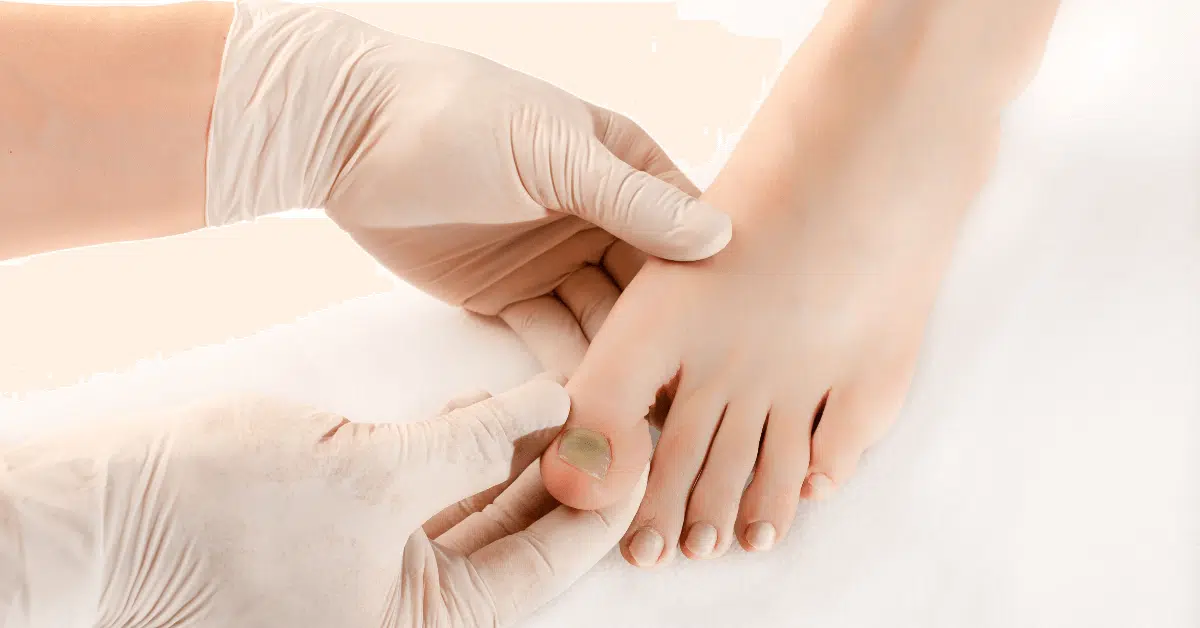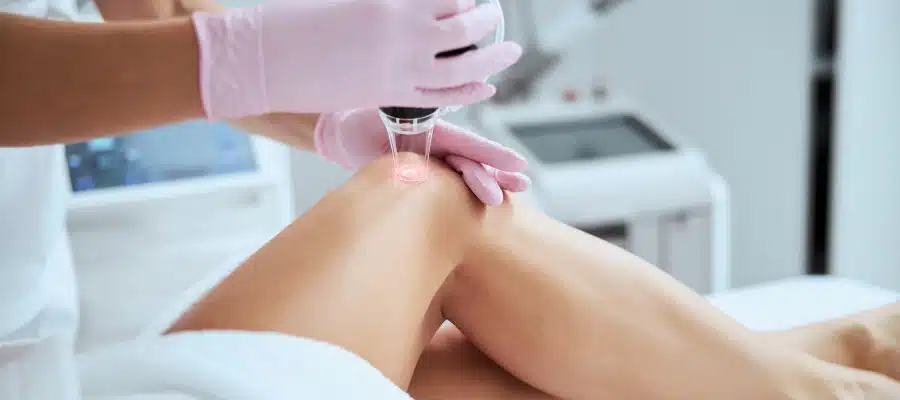Onychomycosis, Often called toenail fungus, is a condition that affects millions worldwide, often going undiagnosed until it becomes severe. Understanding the causes, recognizing symptoms early, and implementing effective prevention strategies are key to managing this common yet troubling condition. This thorough manual will lead you through all the information you need about Onychomycosis toenail fungus, emphasizing the importance of early onychomycosis treatment and how to keep yourself and your loved ones safe. For expert care, consider consulting Wymore Laser for effective toenail fungus treatments.
What is Onychomycosis?
Onychomycosis is a fungal infection that mainly affects the nails on the toes. This toenail fungal infection occurs when microscopic fungi invade the nail, leading to changes in its appearance and texture. Onychomycosis toenail fungus grows in warm, humid conditions, making the feet particularly vulnerable, especially for those who frequent communal showers, swimming pools, or gyms.
Causes of Onychomycosis
The primary cause of Onychomycosis toenail fungus is a fungal infection, typically by dermatophytes, yeast, or non-dermatophyte molds. Factors contributing to the development of toenail fungus include:
- Frequent exposure to moist environments
- Wearing tight-fitting shoes or socks that hinder ventilation
- Previous nail injury or infection
- Weakened immune system
- Aging, which leads to reduced blood circulation to the feet
Comprehending these risk factors is essential to preventing and identifying toenail fungal infections and determining the most effective treatment for them.
Symptoms of Onychomycosis
Identifying Onychomycosis toenail fungus in its early stages can be challenging, as the symptoms are often subtle. However, common signs of toenail fungal infection include:
- Yellowing or discoloration of the nail
- Thickening of the nail
- Brittle, crumbly, or ragged nail edges
- Distortion in the shape of the nail
- A slight foul odor
Early recognition of these symptoms is vital for effective toenail fungus treatment.
Prevention of Onychomycosis
Preventing onychomycosis involves minimizing exposure to risk factors and adopting healthy foot care practices. The following advice can help avoid toenail fungus:
- Keep your feet clean and dry, especially after visiting communal wet areas.
- Wear breathable footwear and moisture-wicking socks.
- Use antifungal sprays or powders if you’re at higher risk.
- Do not exchange personal things such as shoes, towels, or nail clippers.
- Check your nails and feet frequently for any indications of a fungal infection in your toenails.
These practices can help reduce the need for toenail fungus treatment and maintain healthy nails. Early detection and onychomycosis treatment are crucial for effective management
The Importance of Early Treatment
Early intervention is critical in managing onychomycosis effectively. If left untreated, it can cause more serious infections, spread to other nails, and cause pain or discomfort. Treatment options vary from topical antifungal medications to oral drugs and, in some cases, nail removal. Making the best decision about the treatment of toenail fungus requires speaking with a healthcare professional as soon as symptoms appear. Check your nails and feet frequently for any indications of a fungal infection in your toenails. For effective onychomycosis treatment, consider visiting Wymore Laser.
Conclusion
Understanding onychomycosis’s causes, symptoms, and preventive measures is crucial in combating this widespread condition. Raising awareness and stressing the value of prompt treatment can help mitigate the impacts of it and ensure healthier, happier feet for everyone. Always remember, when it comes to onychomycosis, prevention is key. If you suspect you’re affected, seek toenail fungus treatment promptly to avoid complications. Consider consulting Wymore Laser to address your toenail fungal for effective onychomycosis treatment.







